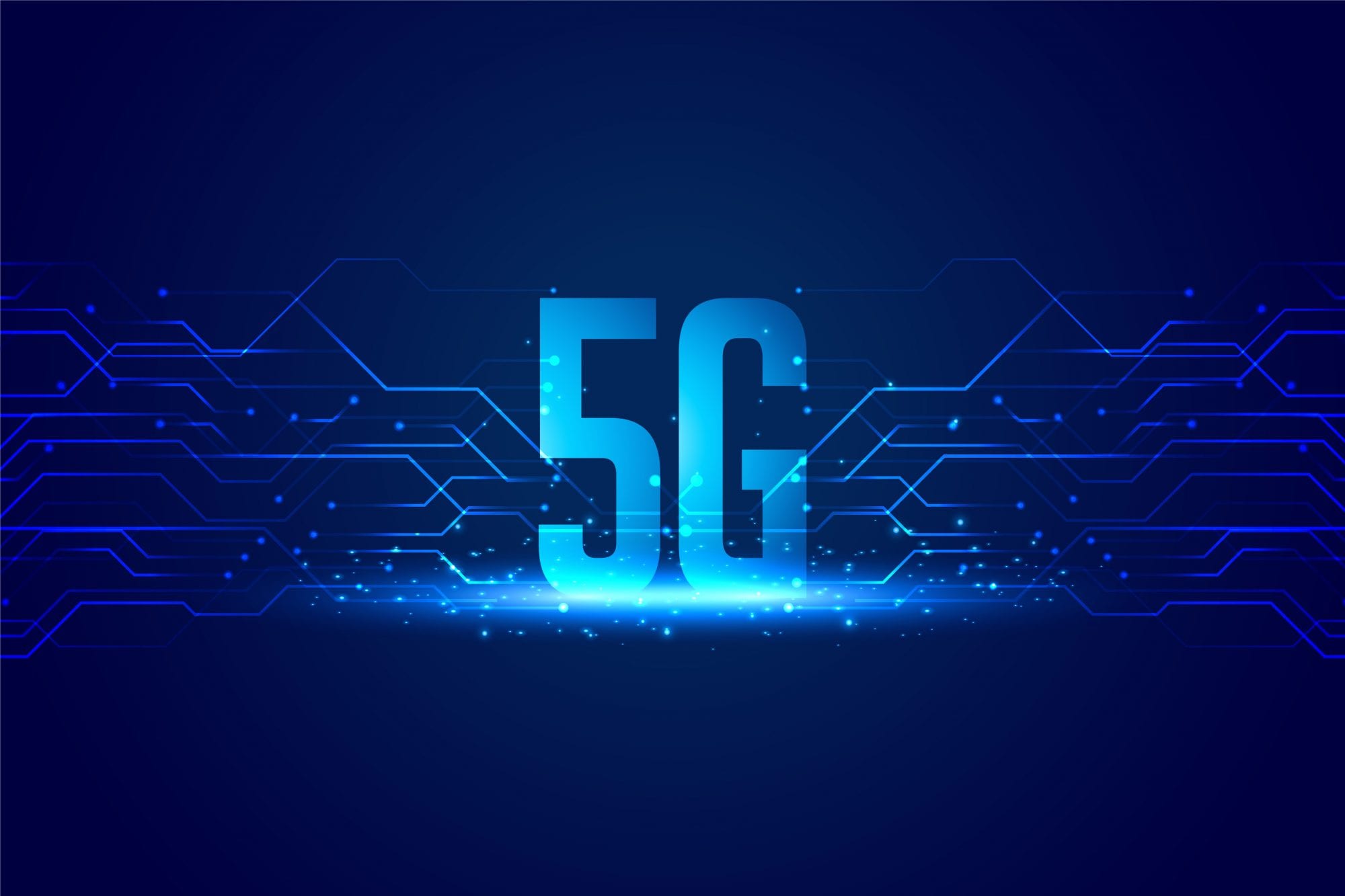No matter how you slice it, 5G networks are a huge game-changer. Just Google 5G, and you’ll quickly find headlines like ‘5G changing the world’ or ‘How 5G Will Fundamentally Change Everything You Know.’ It’s hard to argue with headlines like that. What’s so special about the next-generation of broadband?
Reports tell us 5G brings download speeds of one gigabit per second or 10X faster than 4g! And, 5G brings reduced latency – the time it takes data to travel back and forth – plus the ability to link far more people and things seamlessly at the same time. Not only that, it takes less hardware and equipment to make 5G work. A single indoor access point can cover 100,000 square feet or more of space, with a mile radius outdoors. Buying, installing, and maintaining fewer access points is a win-win for companies who want to lower capital costs and cover larger areas with better broadband performance.

So how will these capabilities impact the enterprise? What can you expect?
Experts tell us the emergence of 5G will fundamentally change mobile devices’ role. Let’s dive into how and why.
1. More than a new wireless protocol
Part of what makes 5G such an evolutionary step in wireless is that it’s more than an upgrade in speed and coverage. 5G networks virtualize wireless networks that directly contrast existing commercial cellular systems, which rely on hardware-based architectures both at the radio front-end and in the core network backend. This shift to a software-driven or cloud-native architecture is changing the economics of mobile networks. These dynamics allow network providers to move from proprietary hardware and software platforms to a more open and flexible cellular ecosystem. Experts call this transition the ‘cloudification’ of the 5G wireless architecture, which many hope will provide a more scalable and resilient network architecture.
2. 5G is a huge step up from conventional wireless technology
Keeping employees connected to business-critical data, apps, and devices is more than a full-time job for many IT departments. Unfortunately, traditional wireless technologies are fraught with problems that make things harder, such as latency, interference, and roaming issues, to name a few.
3. More granular control
With mobile device management (MDM), IT teams can define and enforce policies to maintain strict latency requirements and throughput rules for any application running. Having this level of control alleviates IT teams’ need to deal with and troubleshoot many common issues with wireless technology. In the enterprise setting, experts are calling these granular capabilities’ micro slicing.’ It allows teams to use sophisticated software to automate the mapping, enforcement, and tracking of SLAs critical to each application across the infrastructure, such as latency, jitter, packet error rates, and throughput.
4. Private 5G networks change everything
Besides blazing fast speeds, one of the most game-changing things about private 4G/5G is that it gives organizations the ability to deploy their private mobile network configure, own, and operate. And, that’s without tapping into expensive spectrum licenses or being directly tied to specific carriers. What’s the big deal about that? Previously, with older generations of mobile broadband, organizations had to enter into costly and cumbersome contracts with cellular operators. As an alternative, many businesses rely on managed services providers, which means they control the infrastructure and data traveling across the network.
Are you looking for robust mobile solutions to support the future of your IT? We can help!



